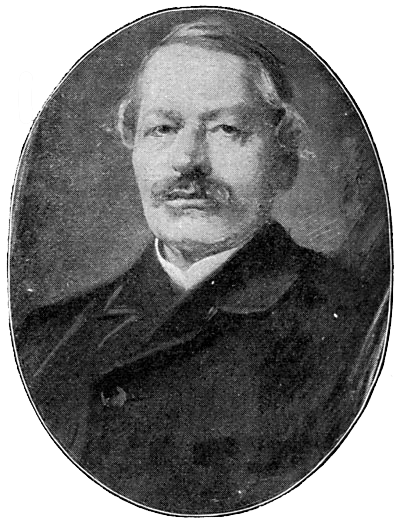November has always seemed an odd month to hold NaNoWriMo (National Novel Writing Month). We’re just coming off Halloween, preparing the house for the winter months, interrupted by Thanksgiving (which usually can derail even the best habits, eating, writing and otherwise), and the last week is the first official week of holiday shopping. So, it’s no surprise that I’ve never completed a first draft of a novel during November.
Heaven knows I’ve tried – 2005, 2007, 2008, 2009 – Some nice ideas came from those sessions, and some not very well thought-out ideas. And that’s my biggest problem with NaNoWriMo. The assumption is that the writer will somehow magically begin on November 1, writing from page 1, creating 1660 words a day, and keep that pace up until November 30, when a first draft sits awaiting NaNoEdMo (National Novel Editing Month).
In reality, however, only about a third gets written because, regardless of whatever technique you’re using, you will hit writer’s block. There are tools to get over this, such as writing partners, NaNoWriMo meet ups at local cafés and bookstores, and a variety of random character and plot twist generators.
None of these have worked for me. The meet-up is fine if you’re not a very social creature to begin with – otherwise you’re continually fighting the urge to engage in conversation and other niceties, and that in itself can be distracting and counter-productive. Plus, all that extra spending on coffees and snacks on a writer’s budget, and all the extra whipped cream and sprinkles on the holiday drinks and snacks – well, it’s a recipe for diabetic disaster.
The “rules” of NaNoWriMo, as loose as they are, are also non-conducive to completion of a first draft. Somehow, an entire month’s worth of writing has to be squeezed from the grey matter, regardless of how often you can (or can’t) fit in visits to museums, concerts, etc., to refill the creativity well, which, psychologically, is a recipe for disaster, since it reinforces the brain pathways that house the bad habits most writers haven’t eliminated from their routine. (Psychological studies suggest that habits, bad and good, are formed and eliminated through repetition over the course of around 21 days. If you haven’t figured out how to maximize your writing productivity by the time NaNoWriMo starts, you likely will not figure it out during November, and the bad habits will have had 4 weeks to establish themselves.)
In addition, according to NaNoWriMo, you’re not allowed to have plotted out the story in advance. This is, it seems to me, a recipe for disaster. If you don’t know the road you’re following, you need a map to get to the destination. Without a map, you may as well wander into the woods at dusk without a flashlight. Yes, I suppose you can just make things up as you go along, but doing so greatly reduces the possibility of achieving a successful first draft. And that kind of negative reinforcement, in itself, can create an enormous amount of writers block.
NaNoWriMo simply does not work for me. Instead, what I have noticed about my personal writing habits is that whenever I hit a block, it’s an indication that something more needs to be explored about my material – a character hasn’t been fully developed, a setting isn’t clear in my mind, something about the plot is tripping over itself. It requires a certain amount of distance and examination (sometimes self-examination) to diagnose and fix the block, but it’s always worth it. On a 30-day schedule, however, there’s no room for delay. Further, the earlier a block develops during the drafting process, the more fundamental the issue is, and therefore needs to be addressed immediately, before other things go drastically off track as well.
Of all the thousands of NaNoWriMo participants, I’ve only read of a handful since the program’s inception who have successfully published the end result after drastic rewriting. It’s not a great success rate, and it indicates that NaNoWriMo may simply be another creativity tool – something to spurn on discovery. But there are other creativity tools that can provide a clear focus for the story without spending 30 days foundering against self-inflicted block. Placed in this perspective, it’s a great beginners’ tool for writing, but once you’re done, what then?
I have yet to reuse anything that came out of NaNoWriMo in a serious project – most of the material is so specific to the project that it can’t be redeployed. I also have yet to successfully complete a NaNoWriMo – life (and Thanksgiving) inevitably derails it.
Having said this, I am using November to belt out a first draft, or the remainder of a first draft which I began work on in August. The plotting is completed (or at least as complete as any plot can be at this point), and the drafting has begun. But, I’m not putting some arbitrary deadline on the work. I know the best pace for my work, and there’s no way I can shoehorn it into 30 days. Quantity does not equal quality. And my personal goal is to write something that others will read – not something that ends up in a personal slush pile because I don’t know what to do with it.


